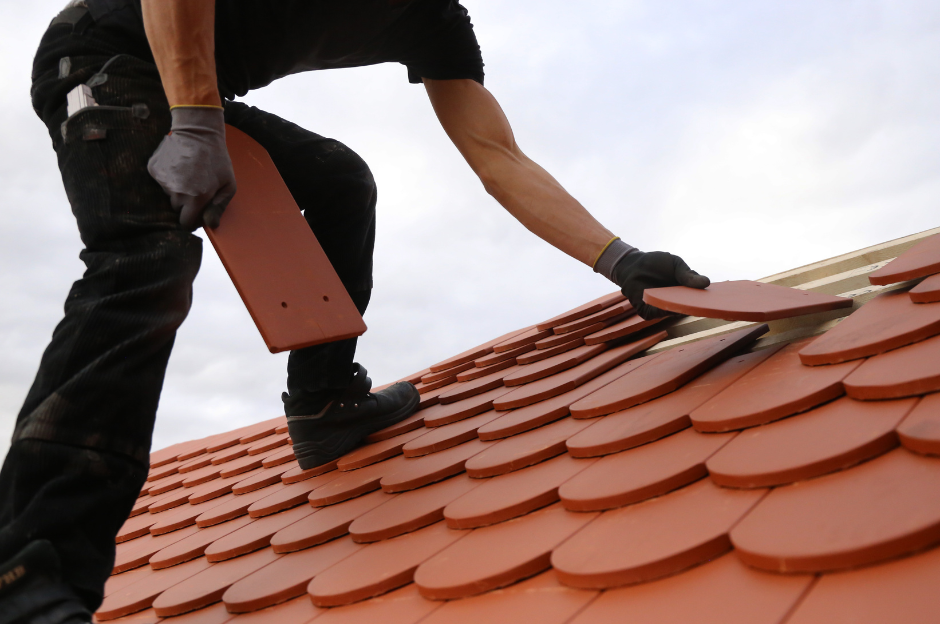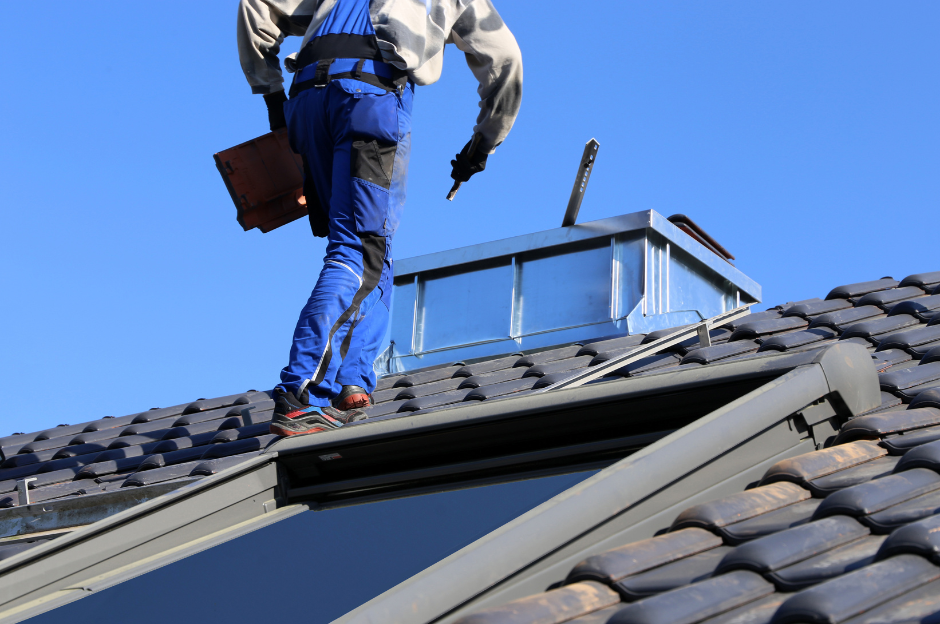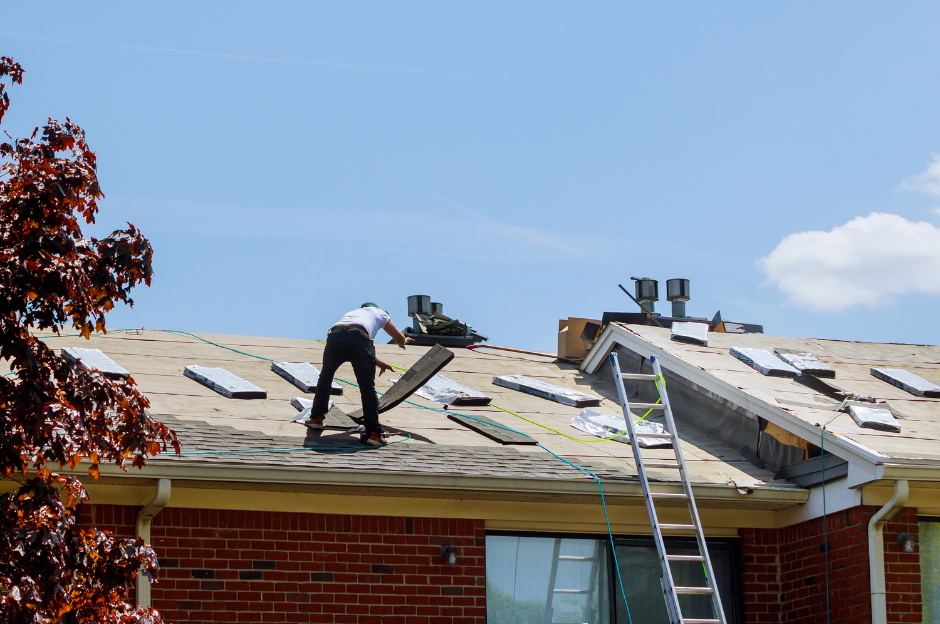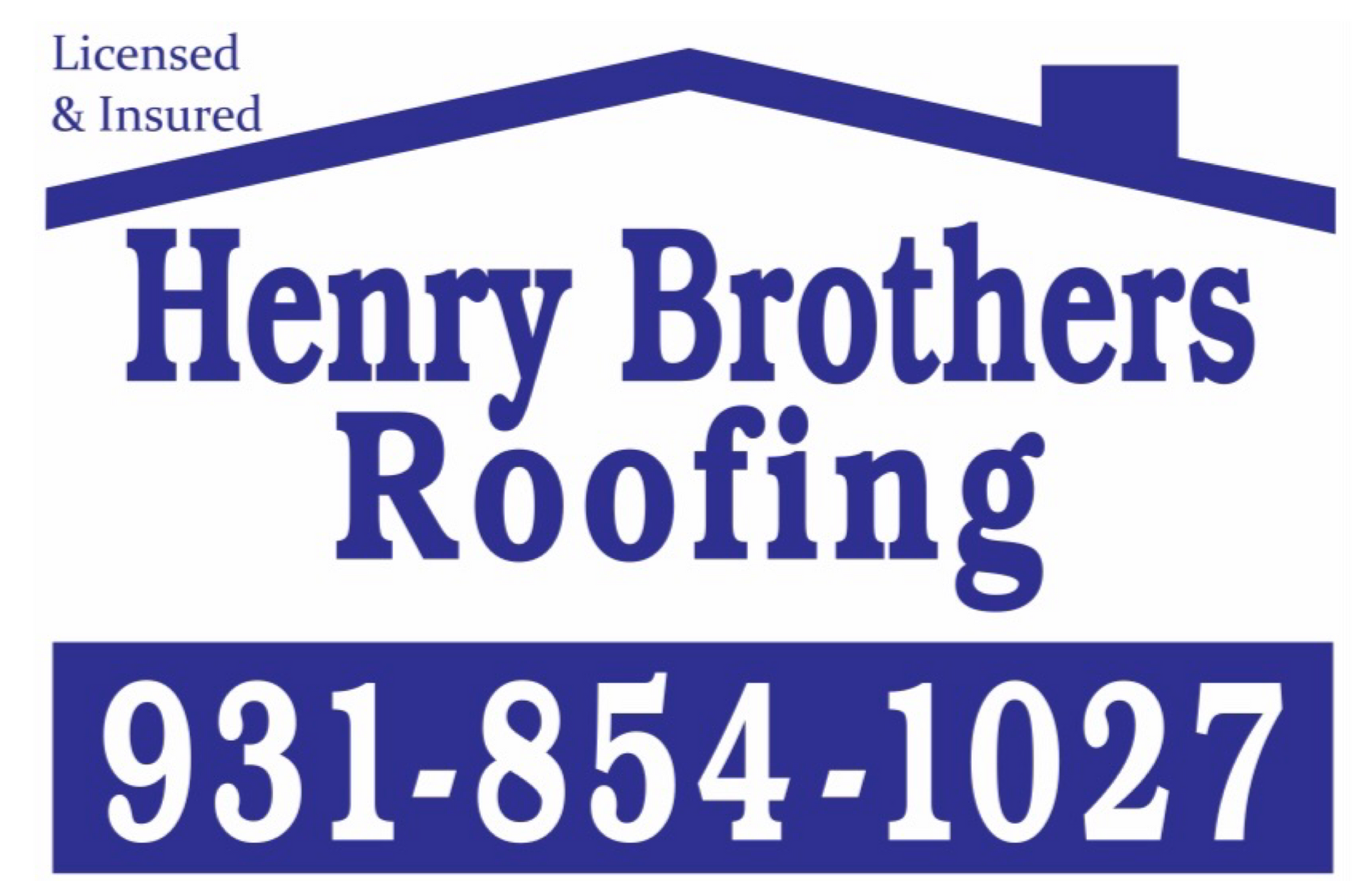Elevate Your Home: Modern Solutions for Upgrading Traditional Roofs
Kristine Joy Banal • April 19, 2024

Your home's roof is not just a protective barrier; it's a significant architectural element that defines its character and enhances its curb appeal. For owners of traditional homes, maintaining the integrity of the roof while incorporating modern upgrades can be a delicate balance between preserving historical charm and embracing contemporary functionality. In this blog post, we'll explore innovative solutions and cutting-edge technologies that allow homeowners to upgrade their traditional roofs with style and efficiency, transforming them into modern marvels of design and durability.
Preserving Aesthetic Authenticity with Modern Materials
When it comes to upgrading traditional roofs, preserving the architectural integrity and historical character of the home is paramount. Fortunately, modern roofing materials offer a wide range of options that seamlessly blend traditional aesthetics with contemporary performance:
Synthetic Slate and Cedar Shake: Synthetic roofing materials mimic the natural beauty of slate and cedar shake while offering enhanced durability, weather resistance, and longevity. These lightweight alternatives provide the timeless elegance of traditional materials without the maintenance challenges or cost associated with natural options.
Metal Roofing: Metal roofing has evolved beyond its industrial origins to become a popular choice for homeowners seeking durability, energy efficiency, and design versatility. From classic standing seam profiles to rustic corrugated panels, metal roofs offer a sleek and modern aesthetic that complements traditional architecture while providing superior protection against the elements.
Composite Roof Tiles: Composite roof tiles combine the look of traditional materials like clay or concrete with the benefits of modern engineering. These lightweight and durable tiles come in a variety of shapes, colors, and textures, allowing homeowners to achieve the desired aesthetic while enjoying the performance advantages of advanced composite materials.
Embracing Energy Efficiency and Sustainability
In addition to enhancing aesthetics, modern roofing solutions offer significant benefits in terms of energy efficiency, sustainability, and environmental responsibility. By upgrading to energy-efficient roofing materials and incorporating eco-friendly design features, homeowners can reduce their environmental footprint and lower utility costs:
Cool Roof Technology: Cool roof systems utilize reflective coatings or light-colored materials to minimize heat absorption and reduce indoor temperatures, thereby decreasing the demand for air conditioning and lowering energy consumption. By keeping homes cooler in hot climates, cool roofs can enhance comfort and energy efficiency while extending the lifespan of roofing materials.
Solar Roofing Integration: Solar roofing solutions integrate photovoltaic panels directly into the roof surface, harnessing the power of the sun to generate clean, renewable energy. Advances in solar technology have made solar roofing systems more efficient, aesthetically pleasing, and cost-effective than ever before, allowing homeowners to offset energy costs and reduce their reliance on grid power.
Green Roofing Practices: Green roofs, or living roofs, incorporate vegetation and vegetation layers into the roof structure, providing insulation, stormwater management, and biodiversity benefits. By capturing rainwater, reducing runoff, and improving air quality, green roofs offer a sustainable solution for urban environments while adding a unique aesthetic element to traditional homes.
Enhancing Performance and Durability
Modern roofing technologies go beyond aesthetics and energy efficiency to deliver superior performance and durability in challenging weather conditions. From advanced underlayment systems to innovative installation techniques, these solutions are engineered to withstand the elements and protect homes for decades to come:
Impact-Resistant Materials: Impact-resistant roofing materials, such as Class 4 asphalt shingles or metal roofing panels, are designed to withstand hail, wind, and flying debris, reducing the risk of damage and costly repairs during severe weather events.
Wind-Resistant Design: Roofing systems with enhanced wind resistance features, such as high-wind-rated shingles, reinforced fastening methods, and interlocking panel systems, provide added protection against wind uplift and wind-driven rain, ensuring structural integrity and peace of mind in storm-prone regions.
Waterproofing and Moisture Control: Waterproofing membranes, self-sealing underlayments, and advanced flashing systems help prevent water intrusion and moisture damage, safeguarding the structural integrity of the roof and interior spaces against leaks, rot, and mold growth.
Maximizing Comfort and Convenience
In addition to enhancing performance and sustainability, modern roofing solutions can improve overall comfort and convenience for homeowners through innovative design features and technology integration:
Ventilation Systems: Proper attic ventilation is essential for maintaining a comfortable indoor environment, reducing energy costs, and prolonging the lifespan of roofing materials. Modern ventilation systems, such as ridge vents, soffit vents, and attic fans, promote airflow and heat dissipation, preventing moisture buildup and heat-related damage.
Smart Roofing Accessories: Smart technology innovations, such as remote-controlled skylights, solar-powered attic fans, and digital moisture sensors, allow homeowners to monitor and control roof-related functions from their smartphones or tablets, enhancing convenience, efficiency, and peace of mind.
Integrated Gutter Systems: Seamless gutter systems with built-in leaf guards, gutter guards, and gutter heaters offer hassle-free maintenance and superior debris protection, minimizing the risk of clogs, overflow, and water damage around the roof perimeter.
Conclusion
Upgrading a traditional roof with modern solutions is a transformative investment that enhances the beauty, performance, and value of your home for years to come. Whether you're preserving historical charm, embracing sustainability, or enhancing durability, modern roofing materials and technologies offer a wealth of options to suit your unique needs and preferences.
By partnering with experienced roofing professionals and staying informed about the latest innovations in the industry, homeowners can unlock the full potential of their traditional homes and create modern masterpieces that stand the test of time. Whether you're upgrading your roof for aesthetic appeal, energy efficiency, or peace of mind, the possibilities are endless when it comes to elevating your home to new heights of style and sophistication.
Henry Brothers Blog

Multi-family buildings pose unique challenges for roofing—requiring durable, efficient, and cost-effective solutions that serve multiple households simultaneously. Selecting the right system and partner can significantly impact long-term maintenance and energy bills. Common Roofing Challenges in Multi-Family Properties Large surface areas Multiple penetrations (vents, HVAC units) Noise and disruption during installation High foot traffic for maintenance Energy efficiency Efficient Roofing Materials TPO (Thermoplastic Polyolefin): Lightweight, reflective, and energy-efficient. Ideal for flat or low-slope roofs. Modified Bitumen: Offers durability and weather resistance. Works well for larger structures. Metal Roofing: Long-lasting and low-maintenance. Higher upfront costs but excellent ROI. Asphalt Shingles: Budget-friendly and easy to repair. Better for pitched multi-family homes. Affordability Strategies Bulk Purchasing Discounts: Roofers often offer lower rates for large-scale projects. Energy Rebates and Tax Credits: Cool roofing materials may qualify for incentives. Roof Coatings: Extend lifespan and defer full replacements. Preventive Maintenance Plans: Regular inspections reduce major repair costs. Partnering with the Right Contractor Choose a roofing contractor experienced in multi-family dwellings. Look for: References from similar projects Warranty offerings Insurance and licensing Clear timelines and communication protocols

Your roof is one of the most defining features of your home’s architecture. A well-designed roof complements the style, era, and character of your house, enhancing both curb appeal and value. Whether you own a modern home, a Victorian masterpiece, or a Mediterranean villa, choosing the right roofing materials and design is essential. This article explores custom roofing solutions for different architectural styles, ensuring your roof is both aesthetic and functional. 1. Why Custom Roofing Matters A one-size-fits-all approach doesn’t work for roofing. Here's why customization is key: 🏡 Preserves Architectural Integrity The roof should match the home's era and design. A poorly chosen roof can clash with the architecture and reduce property value. 💰 Boosts Home Value & Curb Appeal A well-matched roof enhances visual appeal, making your home stand out. Homebuyers prefer houses with roofs that fit the overall design. 🌦 Enhances Durability & Efficiency Custom roofing accounts for climate, slope, and insulation. Choosing the right materials ensures longer roof life and energy efficiency. 2. Best Roofing Materials for Different Architectural Styles 🏗 Modern & Contemporary Homes Modern architecture focuses on clean lines, minimalism, and energy efficiency. Best Roofing Options: ✅ Flat Roofs – Achieve a sleek, contemporary look. ✅ Metal Roofing – Durable and complements modern aesthetics. ✅ Green Roofs – Eco-friendly and visually striking. ✅ Solar Panels – Integrate renewable energy solutions. 🏰 Victorian & Gothic Revival Homes These homes have steep-pitched roofs, turrets, and elaborate detailing. Best Roofing Options: ✅ Slate Tiles – Classic, long-lasting, and historically accurate. ✅ Wood Shingles – Adds charm and natural beauty. ✅ Decorative Metal Accents – Enhances ornate Victorian designs. 🏝 Mediterranean & Spanish-Style Homes Inspired by European coastal homes, these feature stucco walls and curved archways. Best Roofing Options: ✅ Clay or Terracotta Tiles – Traditional, weather-resistant, and elegant. ✅ Concrete Tiles – Durable and available in various textures and colors. ✅ Synthetic Spanish Tiles – Modern, lightweight alternatives with classic appeal. 🌲 Rustic & Cabin-Style Homes These homes emphasize natural materials and a cozy aesthetic. Best Roofing Options: ✅ Wood Shakes – Blends seamlessly with wooded surroundings. ✅ Metal Roofing (Rustic Finish) – Durable with a weathered, natural look. ✅ Green Roofs – Enhances sustainability and insulation. 🏡 Colonial & Traditional Homes These timeless homes focus on symmetry and classic proportions. Best Roofing Options: ✅ Asphalt Shingles – Affordable and available in classic shades. ✅ Slate Roofing – Elegant and historically accurate. ✅ Copper or Metal Accents – Enhances historic charm. 🏛 Mid-Century Modern Homes This style features low-sloped roofs, large windows, and open spaces. Best Roofing Options: ✅ Flat or Low-Slope Roofs – Clean, minimalistic aesthetic. ✅ Rubber or Membrane Roofing – Ideal for low-pitch roofs. ✅ Green or Living Roofs – Complements eco-conscious designs. 🏰 Tudor-Style Homes Tudor homes have steeply pitched gables and decorative half-timbering. Best Roofing Options: ✅ Wood or Synthetic Shake Shingles – Traditional and authentic. ✅ Slate Roofing – Enhances historic charm and durability. ✅ Architectural Asphalt Shingles – Mimics wood or slate at a lower cost. 3. Custom Roofing Features to Consider Beyond materials, adding customized elements can elevate your roof’s design. 🔹 Roof Color & Texture Dark roofs enhance historic and formal homes. Light-colored roofs reflect heat, ideal for warm climates. Textured materials (slate, shakes) add visual depth. 🏠 Roof Shape & Pitch Steep roofs fit Gothic and Victorian styles. Flat or low-sloped roofs match modern homes. Custom pitches enhance energy efficiency and durability. 🔆 Skylights & Roof Windows Adds natural light and enhances ventilation. Works well in modern, contemporary, and rustic homes. 🌞 Solar Roofing & Smart Technology Solar shingles blend seamlessly into modern & eco-friendly homes. Smart roofing systems adjust ventilation & insulation automatically. 4. Custom Roofing: How to Get Started 1️⃣ Consult a Roofing Expert Work with an architect or contractor specializing in custom roofs. Ensure they understand historical accuracy and climate considerations. 2️⃣ Choose High-Quality Materials Invest in durability, energy efficiency, and aesthetics. Select roofing that aligns with your home’s style and longevity needs. 3️⃣ Consider Long-Term Costs & ROI Some materials have higher upfront costs but last longer and increase home value. Energy-efficient options can reduce heating and cooling expenses. 4️⃣ Verify Local Building Codes Some roofing styles require special permits. Ensure compliance with HOA guidelines and historical district regulations.


